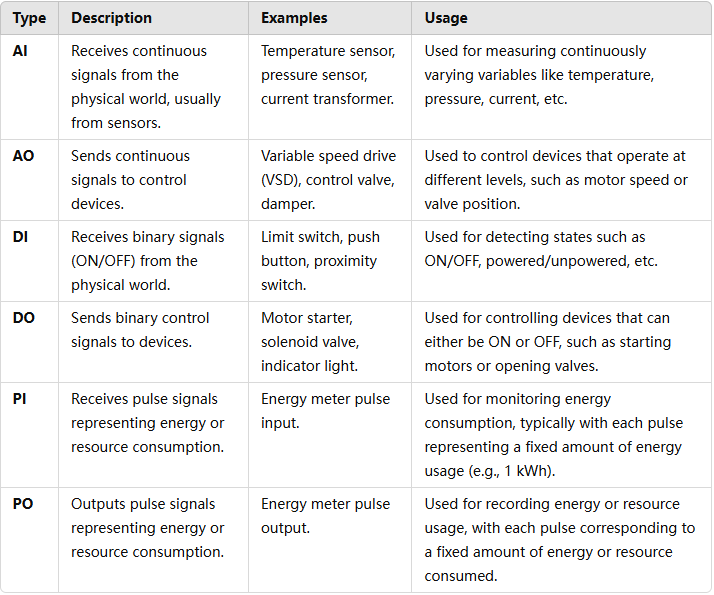This article will introduce the working principle of a solar combiner box from an AC solar combiner box and a DC solar combiner box.

DC combiner box working principle
The DC combiner box is generally used in medium and large photovoltaic power generation systems. Users connect a certain number of photovoltaic modules of the same specifications in series to form photovoltaic arrays, and then connect several photovoltaic arrays in parallel to the photovoltaic combiner box, centrally input and group the multi-channel output cables of the photovoltaic array, which not only makes the connection orderly but also facilitates group inspection and maintenance. When a local failure occurs in the photovoltaic module array, it can be partially separated for maintenance without affecting the connection work of the overall power generation system.

AC combiner box working principle
The AC combiner box is an important component for connecting the output of the string inverter and the input of the AC distribution cabinet or step-up transformer. It can collect the AC power output by multiple inverters and then output it, greatly simplifying the connection line between the string inverter and the AC distribution cabinet or step-up transformer. At the same time, the access of the AC combiner box, as the output disconnection point of the inverter, can also protect the inverter from the harm of the AC power grid, improve the safety of the system, and protect the safety of the installation and maintenance personnel.

How does a solar Combiner Box work?
This part will introduce the solar combiner box working principle from the following key points:
1. PV module connection
In a solar power generation system, multiple PV modules (solar panels) are first connected in series to form a PV string. Each PV string generates a certain voltage, which is added to form a higher output voltage. Then, these PV modules connected in series are connected in parallel to a combiner box. This way, the combiner box can collect the DC from multiple PV strings. This connection method not only improves the efficiency of the system but also makes the cable wiring more orderly and concise.
2. Power collection
One of the main functions of the combiner box is power collection. By collecting the output current of multiple PV strings together, the combiner box can simplify the overall wiring of the system, and reduce the number of cables and installation complexity. The busbar in the combiner box collects all the input DC and then transmits it to a single output port to provide a stable power supply for subsequent processing. This power collection method helps to optimize the system design and improve the efficiency and reliability of power generation.
3. Circuit protection
Circuit protection is one of the key functions of the combiner box. To ensure the safe operation of the system, the combiner box is equipped with various electrical protection devices such as DC circuit breakers, fuses, and surge protectors. These devices can effectively prevent the occurrence of electrical faults such as overcurrent, short circuit, and surge. The current of each photovoltaic string is protected by an independent fuse or circuit breaker to ensure that the faulty circuit can be quickly cut off in the event of a fault to avoid damage to the entire system. These protection measures greatly improve the safety and reliability of the system.

4. Monitoring function
Modern solar combiner boxes usually integrate intelligent monitoring modules to realize real-time data collection and remote monitoring. Through the communication module, operation and maintenance personnel can monitor parameters such as voltage, current, and temperature of each photovoltaic string in real-time. The monitoring function not only helps to detect and handle faults in time but also optimizes the operating status of the system and improves the overall power generation efficiency. The remote monitoring function makes maintenance work more convenient and efficient, reducing maintenance costs and downtime.
5. Output to inverter
The combiner box transmits the centralized DC to the central inverter through the output port. The inverter converts DC power into AC power for use in the power grid or local loads. Through the centralized management of the combiner box, the inverter can receive stable and efficient power input to ensure its efficient operation. The use of combiner boxes not only simplifies cable wiring but also provides a stable working environment for the inverter and improves the overall performance of the system.

Conclusion
Solar combiner boxes play an important role in photovoltaic power generation systems. Through a series of functions such as photovoltaic module connection, power collection, circuit protection, monitoring functions, and output to inverters, the combiner box ensures the efficient, safe, and reliable operation of the system. With the continuous advancement of photovoltaic technology, the functions and performance of solar combiner boxes are also constantly improving, laying the foundation for more intelligent and efficient photovoltaic power stations in the future.






